When making some jelly last week, I noticed the packet said it wouldn't set if pineapple, kiwi or papaya were added to it. We decided to find out why pineapple stops jelly setting.
If you love science in the kitchen don't forget we've also got 50 fun kitchen science experiments and ideas for a science bake off!
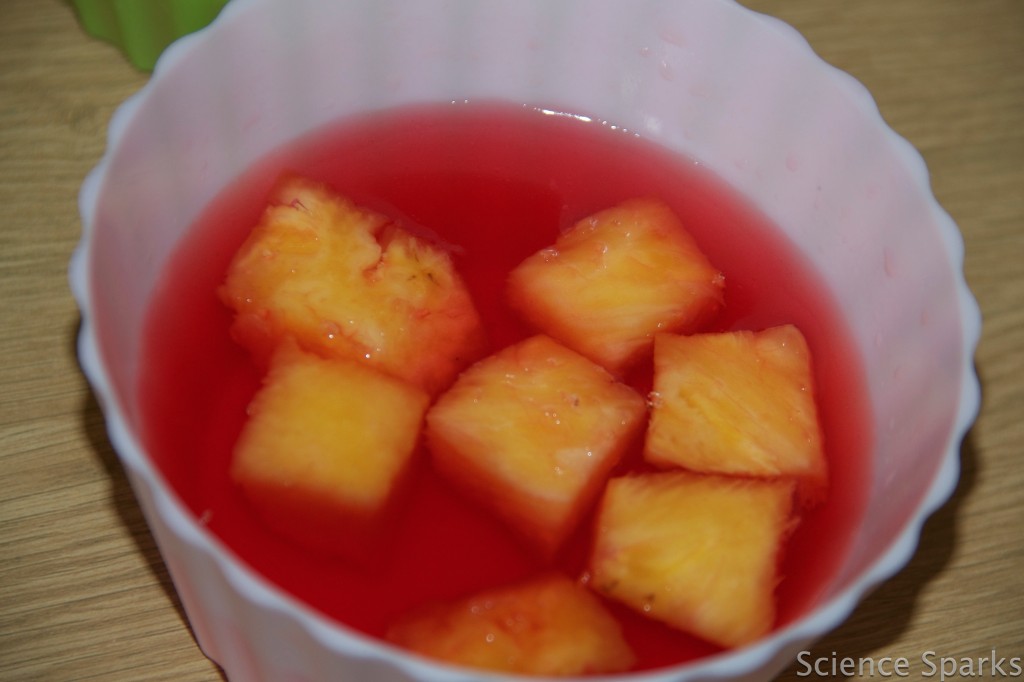
What you need
- Jelly cubes
- Fresh pineapple
- Tinned pineapple
- Any other fruits you wish to test
- Small bowls
Jelly and pineapple investigation instructions
- Make the jelly up as per the instructions.
- Divide into several small bowls.
- Add a different fruit to each bowl.
- Leave one just as jelly - this is our control
What happened when we tested jelly and pineapple?
We found only the jelly containing the fresh pineapple did not set. In one bowl I had just two small pieces of pineapple, this was enough to stop it setting.

Why does pineapple stop jelly setting?
Jelly contains gelatine which partially consists of protein molecules. It sets because the protein molecules tangle up as they cool down trapping the water to make a solid. Fresh fruits such a pineapple, kiwi and papaya contain enzymes which break down these protein molecules, making them smaller, so they can't tangle up, which stops the jelly setting. This is similar to how the enzymes in your stomach break down food.
The tinned pineapple jelly set because as part of the tinning process the pineapple has been heated to destroy bacteria. This process has also destroyed the enzymes ( they are denatured ).
The enzyme in pineapple is called bromelain and the one in kiwi actinidin.

Why does jelly set?
Jelly contains gelatin, which is a processed form of collagen. Collagen is the most common protein found in humans and other mammals. When the gelatin is dissolved in hot water the bonds holding the collagen protein together are broken.
As the gelatin cools new bonds form trapping the water between them.
Why does jelly wobble?
The liquid in the jelly is trapped between gelatin bonds which is why it wobbles!!
What is bromelain?
Bromelain is a protein-digesting enzyme mixture found in the stem, fruit, and juice of the pineapple plant.
Bromelain has also been used to medicinally for centuries as it has anti inflammatory properties.

More Kitchen Science for Kids
Find out how to make meringue and then make cream and strawberry meringue towers! Which will topple first?
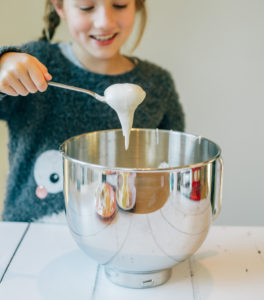
Try one of our delicious candy science experiments including candy towers, candy chromatography and an edible DNA model.
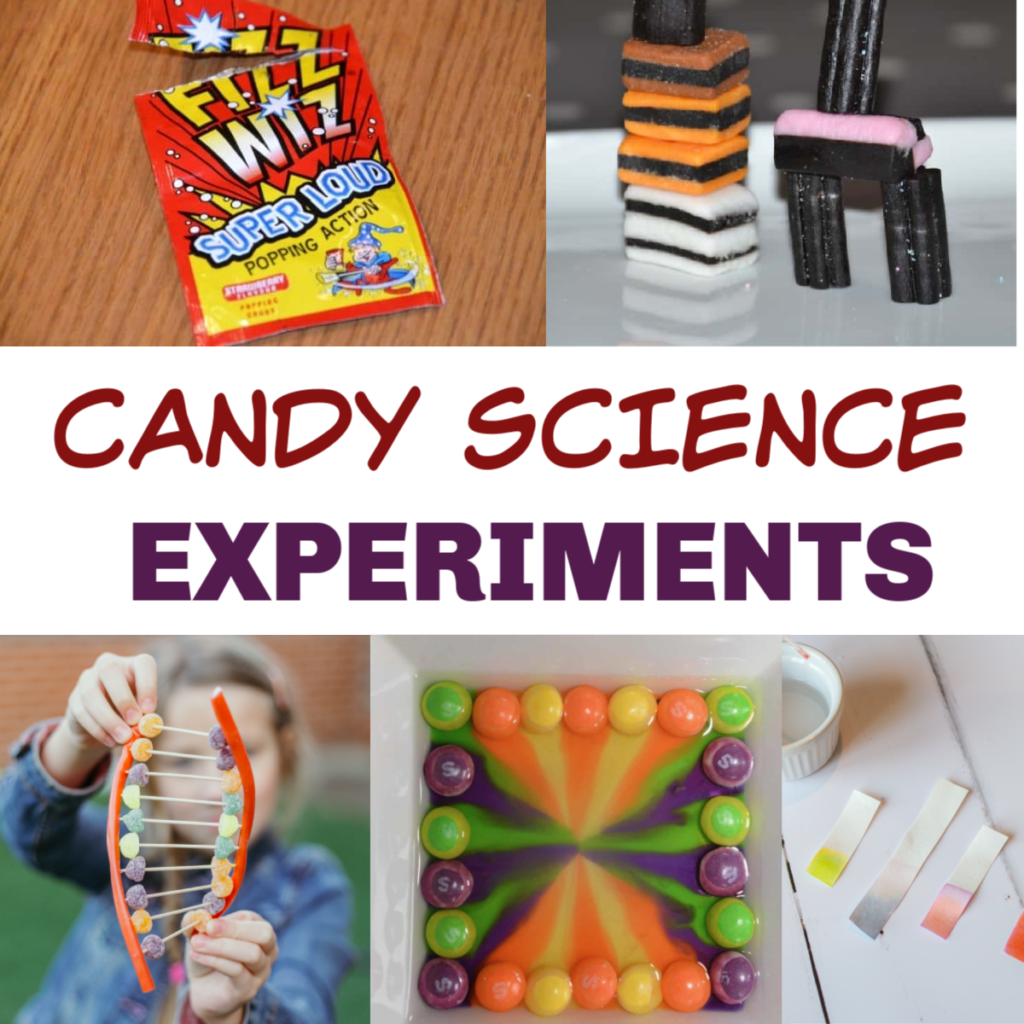
Did you know you can make butter from cream?
Or, how about homemade ice cream using the super cooling power of ice and salt!
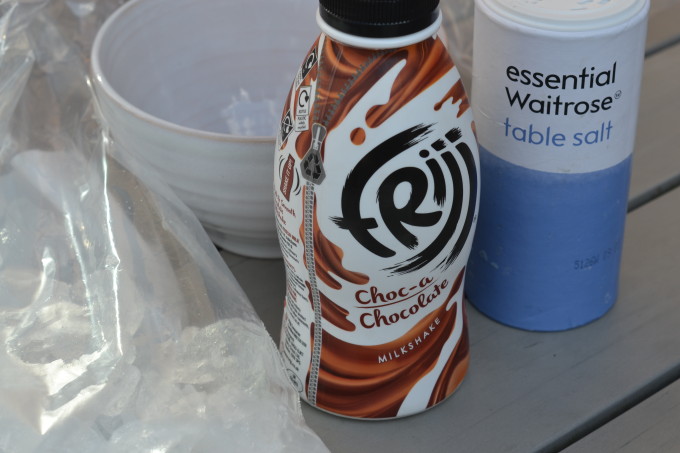
If you liked these activities you'll love my new book Snackable Science. It contains 60 exciting edible experiments for kids of all ages, including cell cupcakes, honeycomb, a fudge model of the earth and lots more delicious science for kids!
Last Updated on May 16, 2020 by Emma Vanstone
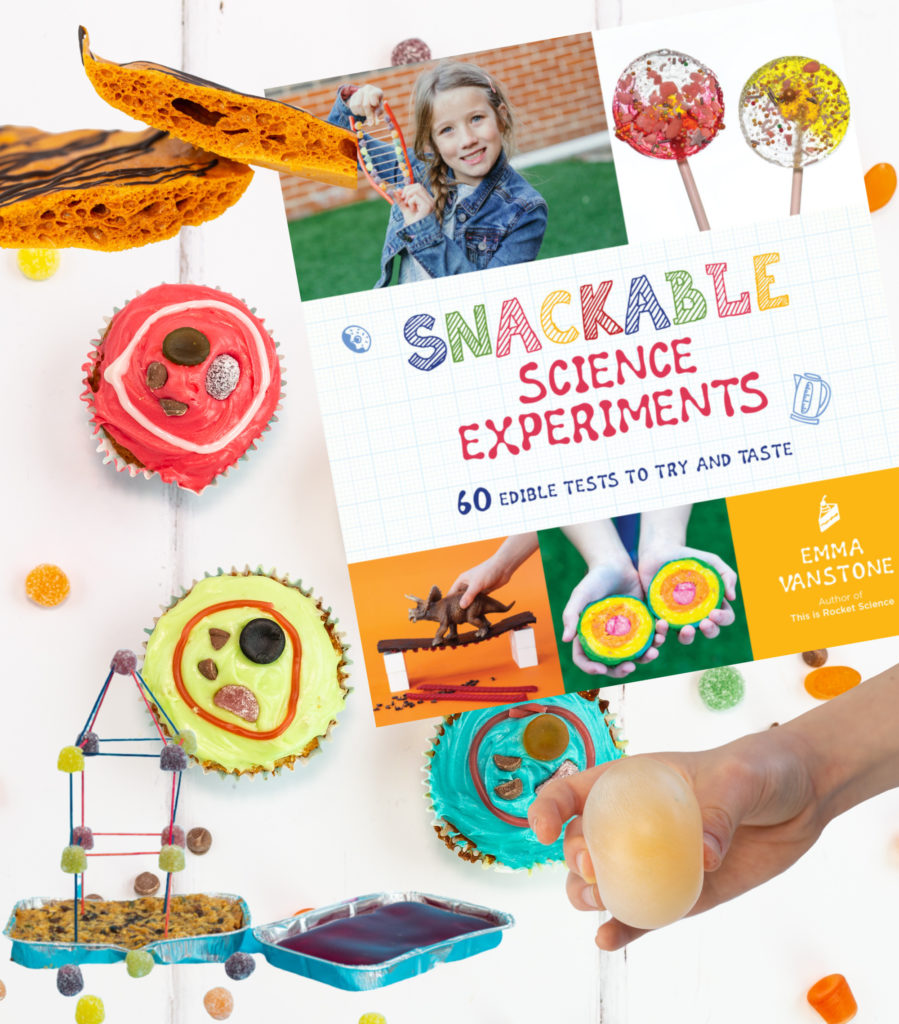
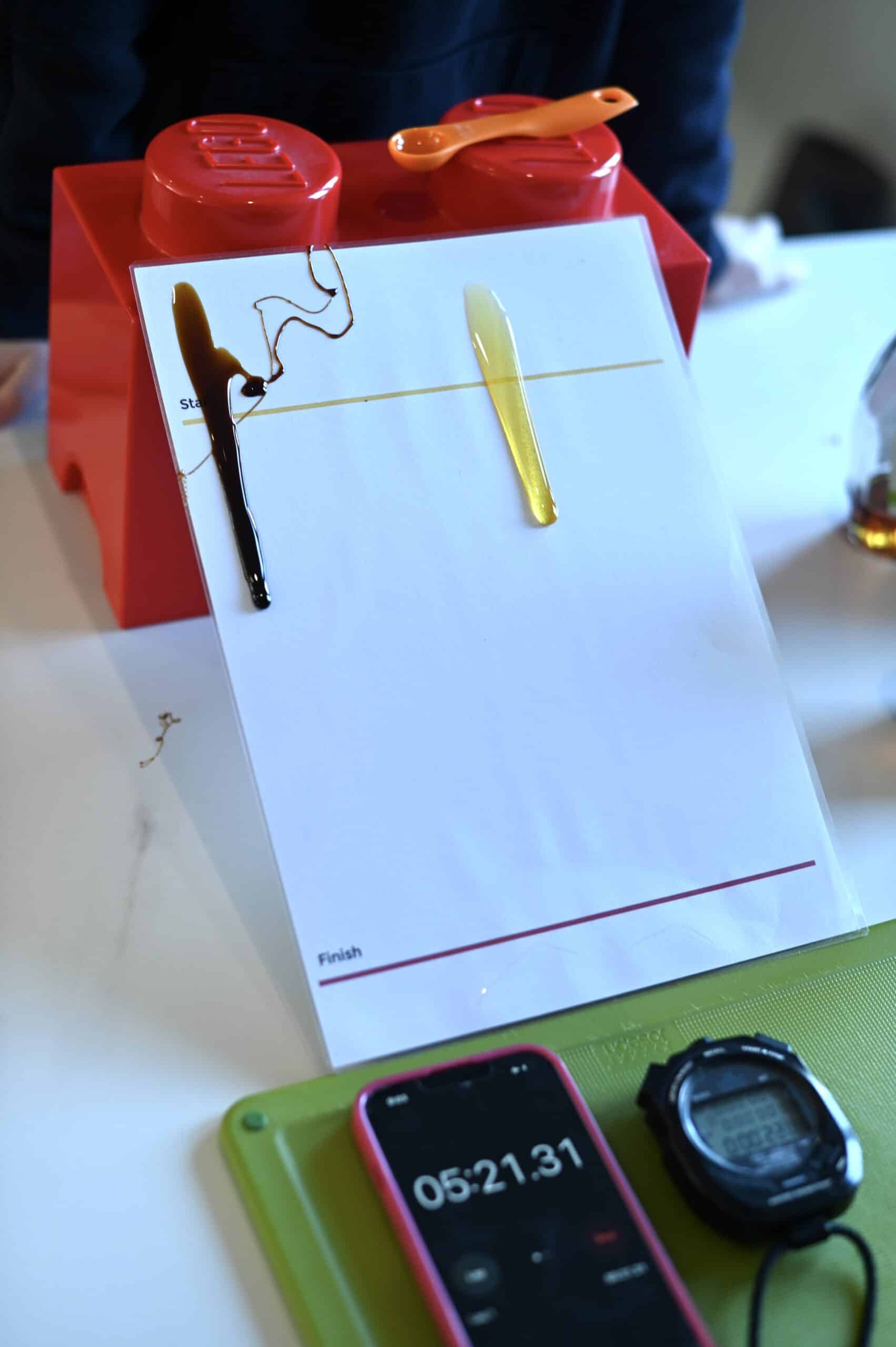
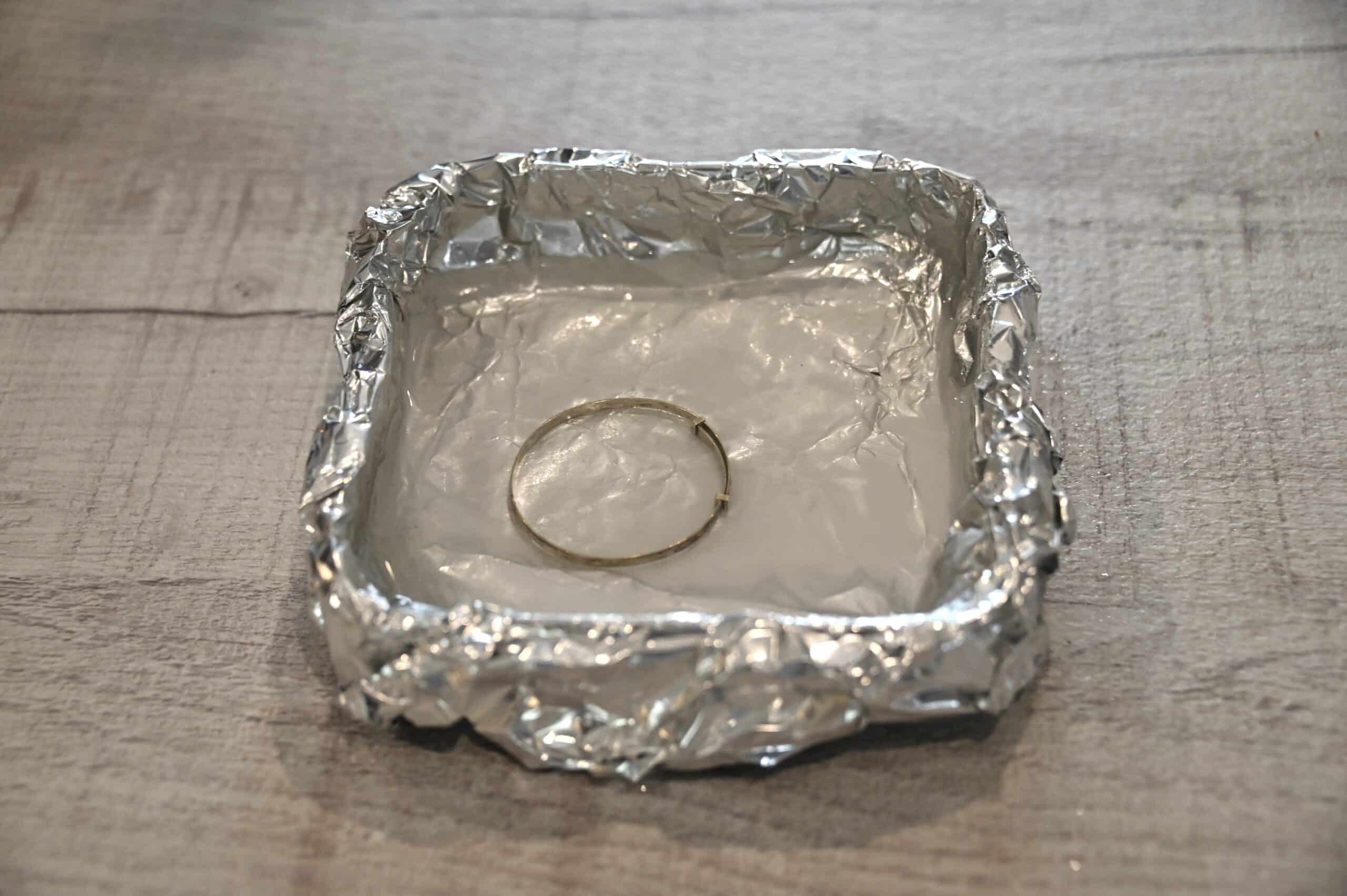
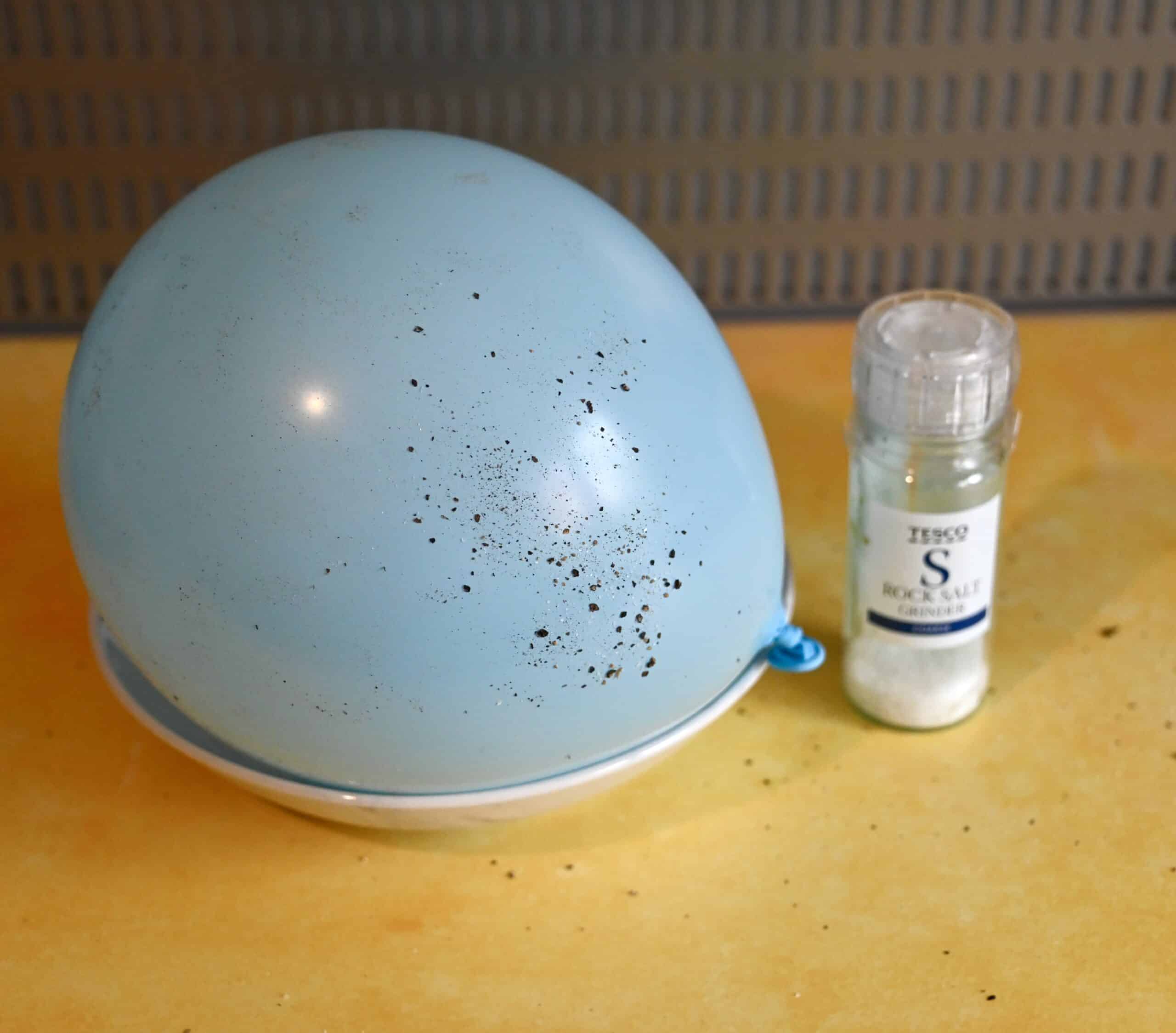
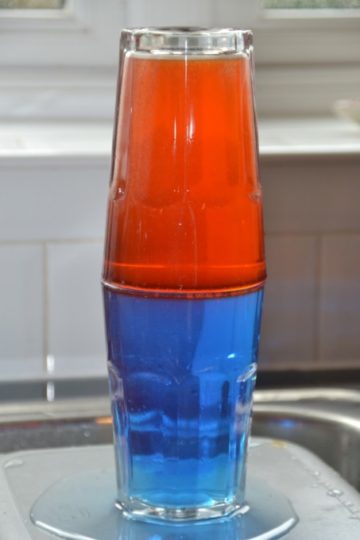
Cerys @ Rainy Day Mum says
What another fab experiment - I knew about Kiwi but didn't know others not setting jelly - I really like with the tinned pineapple and the denatured enzymes - wouldn't this be great to do with GCSE Science students in the enzyme work
ScienceSparks says
Thanks Cerys! xx
Shiloh says
How cool! I never knew that. What a great experiment to do with your kids.
ScienceSparks says
Thanks. x
maryanne @ mama smiles says
What a cool experiment! My kids would love this!!!
ScienceSparks says
Let us know how you get on if you do it! x
PlayDrMom says
Great idea! Thanks for sharing it on this week's Kids Co-Op Weekly!
ScienceSparks says
Thanks x
Pinkoddy says
Oh I love that I have learnt something again!
MiaB says
I've always wondered about that...thanks for sharing this experiment with us at Sharing Saturday.
Coombemill - Fiona says
I have learned something new too about the tinned fruit!
Katharine says
So I’m a grown up! But this is is v useful info that I didn’t know. I found it through my need to make pineapple flummery mousse and checking if ok to use tinned pineapple. It is! Thanks Science Sparks!